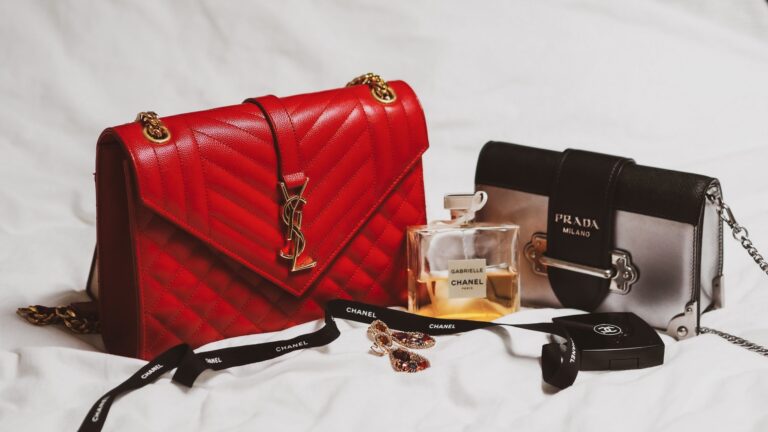Table of Contents
When it comes to luxury goods, the second-hand market is one of the most popular places to buy them. Preserved copies of various high-end pieces can be easily found on the Internet, and in addition to the fact that the secondary market sometimes offers lower prices, it also allows the purchase of various pieces that are vintage, discontinued, or part of a limited collection. So, in that regard, here are 6 things to know about luxury fashion items and their resale value.
1. There are specialized websites where these goods are available
The secondary market for designer goods has been developing for a long time and to date, many sites have sprung up specifically created for this purpose.
In these places, sellers and buyers of luxury goods meet in a virtual form, and the sites that mediate should act as authenticators of these goods and insurance for both parties. So, if you want to sell Louis Vuitton vintage bags, find here all information on how to do this.
2. The second-hand segment is growing twice as fast as the luxury segment.
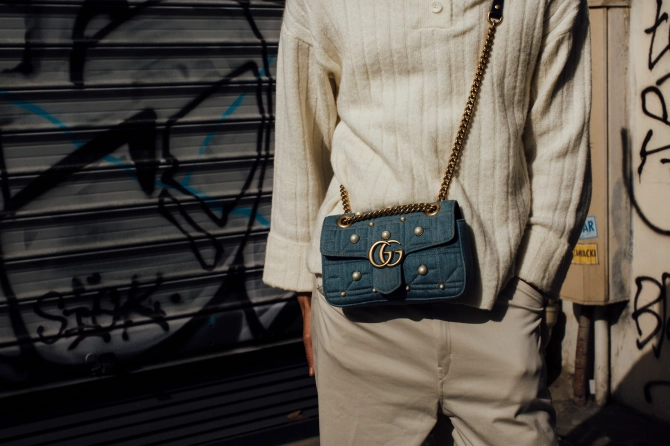
The sale of used clothes from well-known fashion brands (second-hand) is growing twice as fast as the sale of the luxury segment, which has pushed the world’s largest companies to think about entering that segment.
Chanel handbags, Gucci dresses, and Rolex watches – sometimes for only a third of the price of a new item – are increasingly attracting a younger clientele to specialized online second-hand clothing stores, for whom frugality and environmental protection are high on the scale of values.
Some of the fashion giants have announced the launching of the same concept. People will be allowed to bring their used items, and get a discount coupon for their next purchase.
3. Optimistic forecasts
According to the media and what analysts believe, is that the global used clothing market is currently worth 25 billion dollars, and will grow up to ten percent annually in the coming years. That’s more than double the projected growth in luxury goods sales.
Optimistic forecasts are not surprising considering the prices of clothes and shoes sold on web stores. Thus, Balenciaga’s women’s heels from last year’s collection can be found for 374 euros, while the new ones cost 876 euros. Givenchy’s dress costs 1,210 euros, a third of the original price.
However, some of the goods are sold at higher prices because over time, just like old-timer cars, they increase in price, of course, if it is a well-preserved example.
4. The second-hand market is too big to ignore
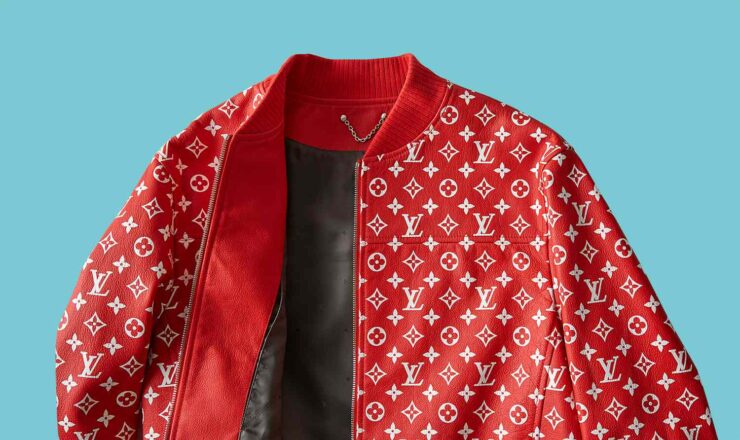
According to analysts, companies behind luxury fashion brands have realized that they can no longer ignore the second-hand market. At the same time, they reduced fears that the used goods market would “dilute” their exclusivity and cannibalize sales of the latest collections.
But the reality is that we’re past the point where they could see the second-hand market as a threat. For many millennials, the first experience of shopping for luxury fashion brands happens on websites like these.
5. Valuable data
For online stores, partnering with big fashion brands can therefore increase their recognition and give them an additional boost in profitability. In fact, many experts believe that such partnerships could be based on data sharing. This would give luxury fashion brands an insight into what kind of customers are selling and buying their products and how the value of an individual item moves after its “prime youth has passed”.
Such data could be valuable in marketing campaigns and in pricing new collections. But an example of cooperation can already be seen in some online stores. Certain brands actively encourage the reduction of textile waste by offering a significant amount of voucher value for every item sold through the online thrift store. The voucher can be used when buying new clothes, as we stated in one of the previous stores.
6. A business with a lot of potentials
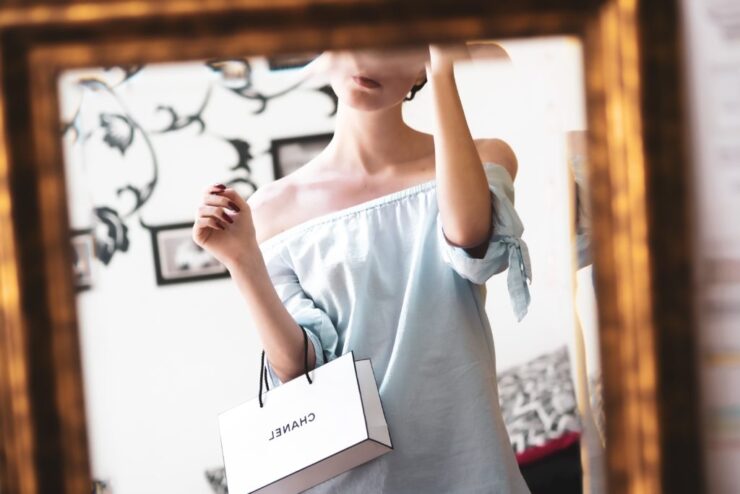
Companies dealing in the sale of used clothing believe that luxury brands will prefer to enter into strategic partnerships with them rather than start their own stores of such goods. All the more so because the logistics of selling used goods can be very demanding.
This particularly applies to the suppression of counterfeits. For example, those who already work in this business know that forgery detection departments employ hundreds of people who check thousands of items per month.
With the growth of the second-hand luxury goods market, pieces called “super fakes” have appeared. It is the kind of goods that copy their inspiration so well that an ordinary, untrained eye can’t recognize the differences – from using identical materials to copying sewing techniques, forging authentication papers, serial numbers, packaging, etc.
If you come across this kind of fake, the chances of you recognizing it are almost zero. That’s why the best form of protection is to buy through trusted sources and have the goods checked by experts because sometimes neither paper nor a serial number is enough.
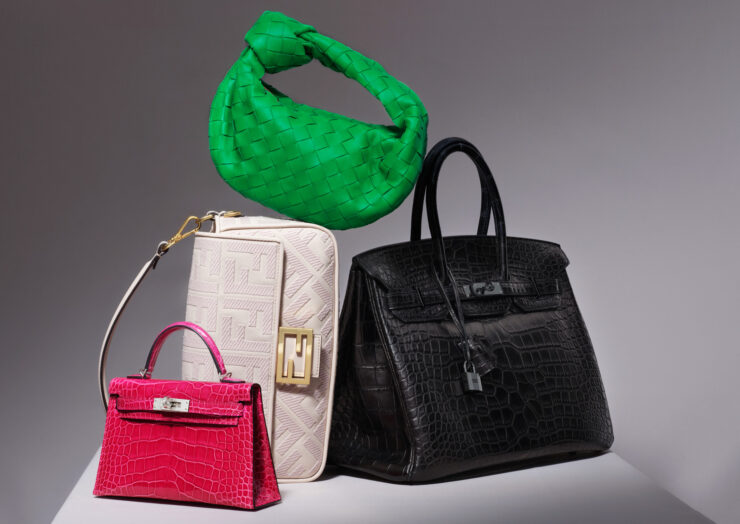
Buying used clothes and shoes is becoming more and more popular, and during 2021 its increase of 32% was recorded. This predicts that by 2026 the second-hand market will grow 3 times faster than the global clothing market as a whole and will then be worth $218 billion.
The growth in sales indicates that people are changing their approach to buying clothes. For most, buying old instead of new is a way to save money while enjoying the brands they love. However, as consumers become more environmentally conscious, more and more of them see an opportunity to contribute to environmental protection.
We are already familiar with the harmful effects of the textile industry on the environment, especially in recent years and the increasingly frequent appearance of fast fashion brands.

